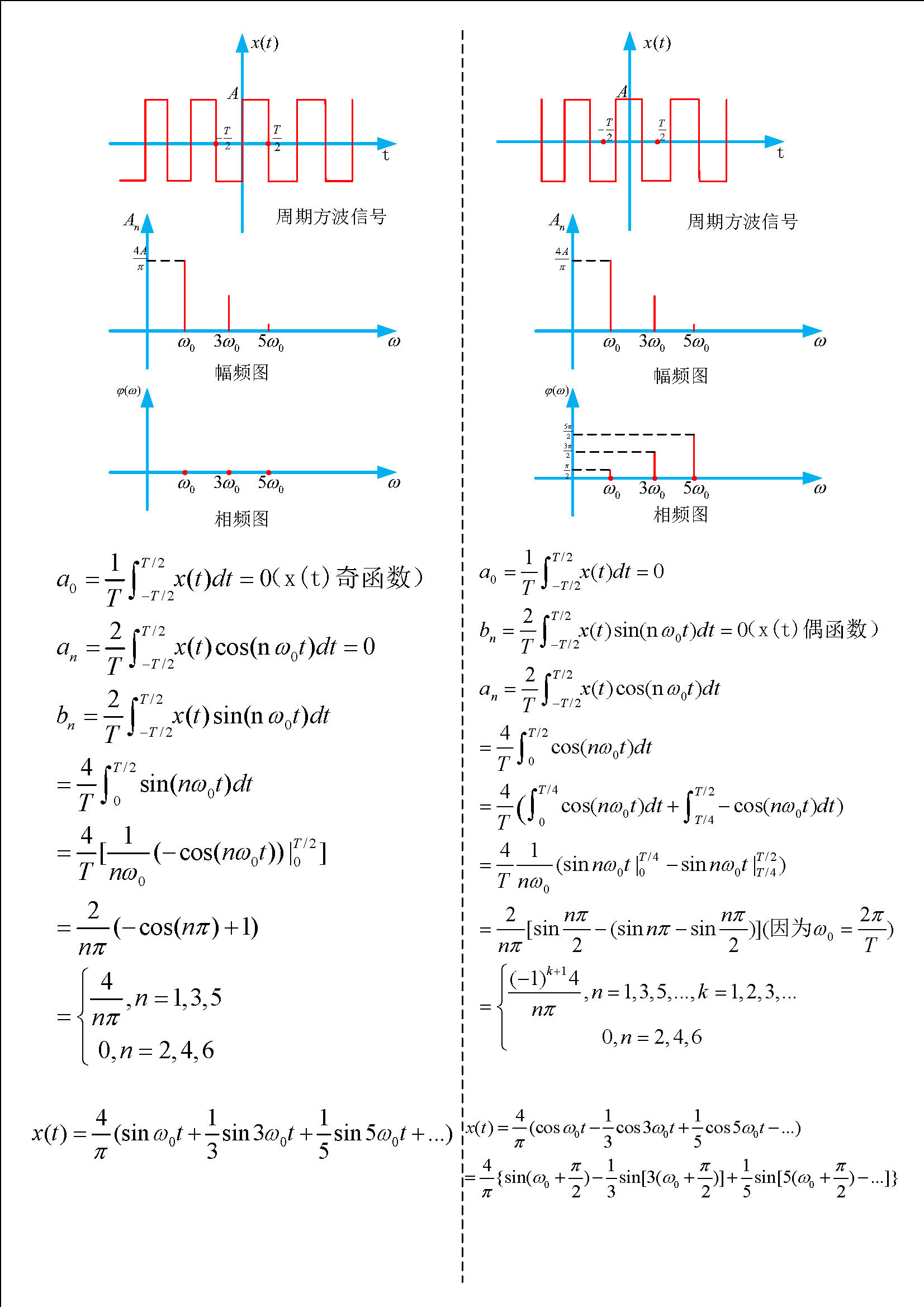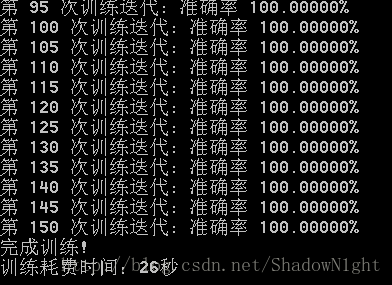python单例模式实例解析
本文实例为大家分享了python单例模式的具体代码,供大家参考,具体内容如下
多次实例化的结果指向同一个实例
单例模式实现方式
方式一:
import settings
class MySQL:
__instance = None
def __init__(self, ip, port):
self.ip = ip
self.port = port
@classmethod
def from_conf(cls):
if cls.__instance is None:
cls.__instance = cls(settings.IP,settings.PORT)
return cls.__instance
obj1 = MySQL.from_conf()
obj2 = MySQL.from_conf()
obj3 = MySQL.from_conf()
print(obj1)
print(obj2)
print(obj3)
方式二:
import settings
def singleton(cls):
_instance = cls(settings.IP, settings.PORT)
def wrapper(*args, **kwargs):
if args or kwargs:
obj = cls(*args, **kwargs)
return obj
return _instance
return wrapper
@singleton
class MySQL:
def __init__(self, ip, port):
self.ip = ip
self.port = port
obj1 = MySQL()
obj2 = MySQL()
obj3 = MySQL()
print(obj1)
print(obj2)
print(obj3)
方式三:
import settings
class Mymeta(type):
def __init__(self, class_name, class_bases, class_dic):
self.__instance = self(settings.IP, settings.PORT)
def __call__(self, *args, **kwargs):
if args or kwargs:
obj = self.__new__(self)
self.__init__(obj, *args, **kwargs)
return obj
else:
return self.__instance
class MySQL(metaclass=Mymeta):
def __init__(self, ip, port):
self.ip = ip
self.port = port
obj1 = MySQL()
obj2 = MySQL()
obj3 = MySQL()
print(obj1)
print(obj2)
print(obj3)
方式四:
def f1():
from singleton import instance
print(instance)
def f2():
from singleton import instance,MySQL
print(instance)
obj = MySQL('1.1.1.1', '3389')
print(obj)
f1()
f2()
singleton.py文件里内容:
import settings
class MySQL:
print('run...')
def __init__(self, ip, port):
self.ip = ip
self.port = port
instance = MySQL(settings.IP, settings.PORT)
以上就是本文的全部内容,希望对大家的学习有所帮助,也希望大家多多支持【听图阁-专注于Python设计】。

